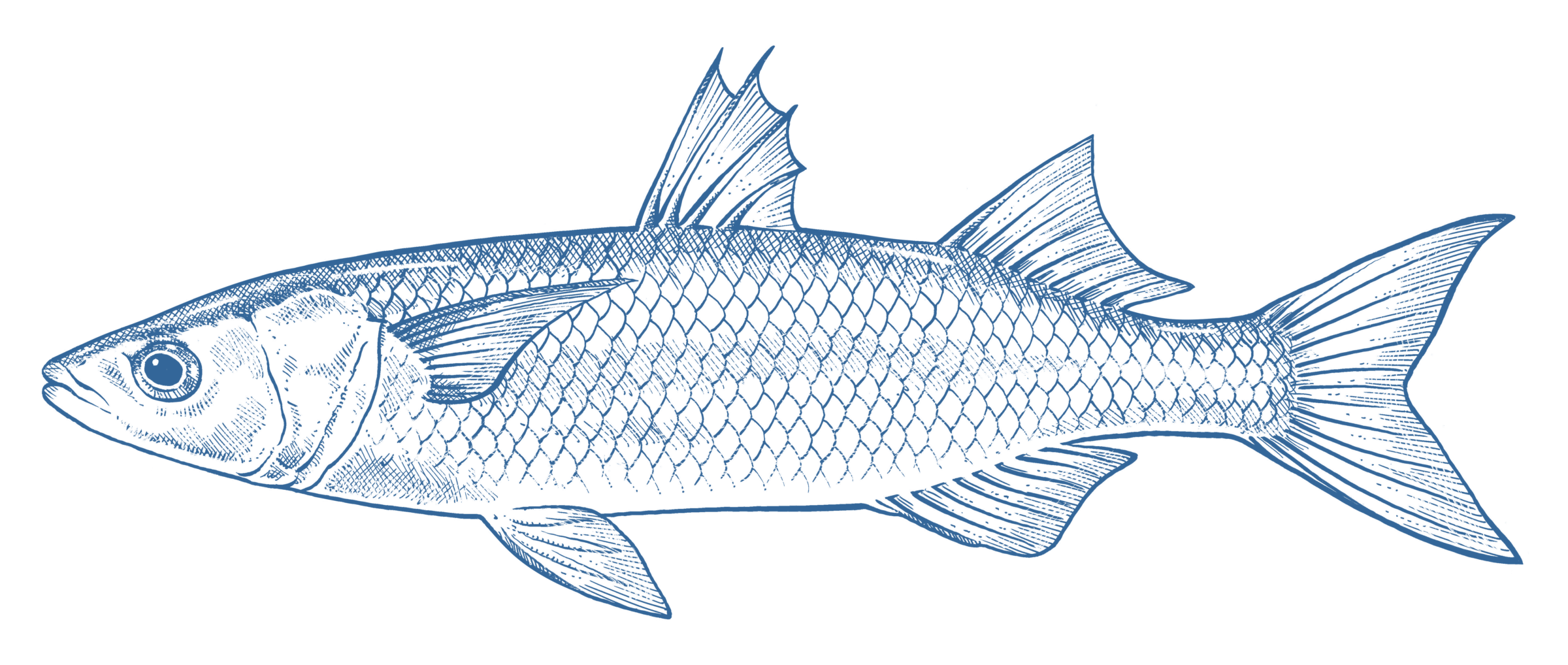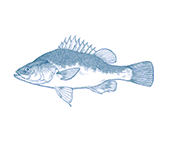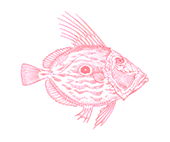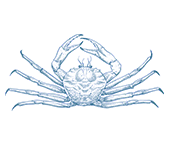




- Eat Less
Wild Caught
Region:
SA
- The largest fishery for yelloweye mullet is in SA, with smaller catches in WA, TAS and VIC that are not assessed here.
- All indicators used to assess the health of the stock in SA show the stock is healthy.
- Caught using bottom gillnets in near-shore waters, fishing methods have a low impact on seafloor habitats.
- There are concerns that an overfished population of black bream, may have its recovery impaired by fishing targeting yelloweye mullet in Lakes and Coorong region.
- Increasing numbers of long-nosed fur seals has resulted in increasing take of fish from fishing nets; non-lethal methods of reducing seal take of fish will be required in future.




Mullets have juicy, slightly oily flesh that has a medium to strong flavour. For the best results, ensure that the fish you buy is very fresh and has been well handled showing clear eyes, firm flesh, bright red gills and no fishy smell. Yelloweye mullet is more highly regarded than its cousin the sea mullet. They are smaller, with a finer flake and less ‘fishy’ taste. Mullet goes incredibly well cooked on the BBQ or hot smoked – the slight oiliness will ensure the fish remains moist and smoky flavours compliment it well. Accompany mullet with Mediterranean flavours such as tomato, olive and basil. Whole mullet can also be roast in a hot oven with similar flavours – the moist flesh will flake from the bones with ease.
- SA Lakes and Coorong Fishery (369t in 2020/21)
Yelloweye mullet are widely distributed throughout southern Australia and the south-west Pacific in shallow coastal, estuarine and riverine environments. They are caught commercially in SA, WA, Tasmanian and Victorian fishery jurisdictions.
Caught in small volumes across its range, yelloweye mullet is a fast growing and relatively short-lived species with a high reproductive rate. The Lakes and Coorong Fishery in SA catches the majority of yelloweye mullet, with small fisheries in WA, TAS and VIC that are not assessed due to the low volumes of fish caught.
All indicators used to assess the health of the stock in SA show the stock is healthy. In addition, the biology of this species means that is relatively resilient to fishing pressures.
Yelloweye mullet is caught in coastal waters using bottom gillnet and haul seine fishing methods, which have minimal impacts on habitat and threatened species.
There are concerns that an overfished population of black bream is caught as bycatch in yelloweye mullet fishing. While available information does not allow precise examination of the association between this overfished species and the yelloweye mullet catch, a precautionary Amber GoodFish ranking is applied to SA-caught yelloweye mullet from the Lakes and Coorong Fishery until this issue can be addressed or disproven.
In general, interactions with endangered wildlife are low. As the population of Australian long-nosed fur seals recovers from historic hunting, seals have increasingly been taking fish from fishing nets, with some calls to cull the seals to protect the fishery. Careful management of seal bycatch will be required to avoid a downgrading of the fishery’s GoodFish ranking in future.


